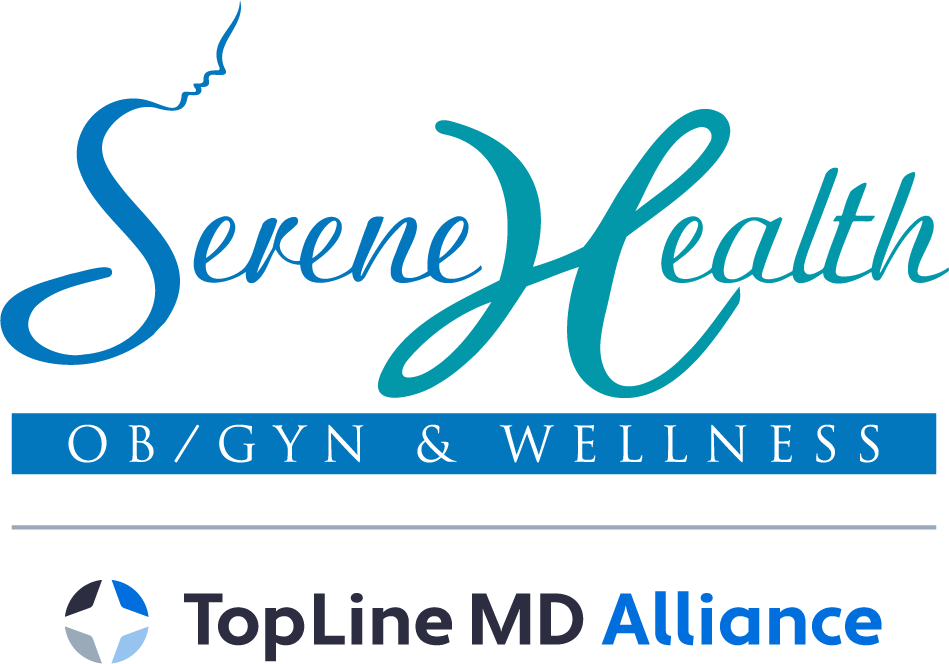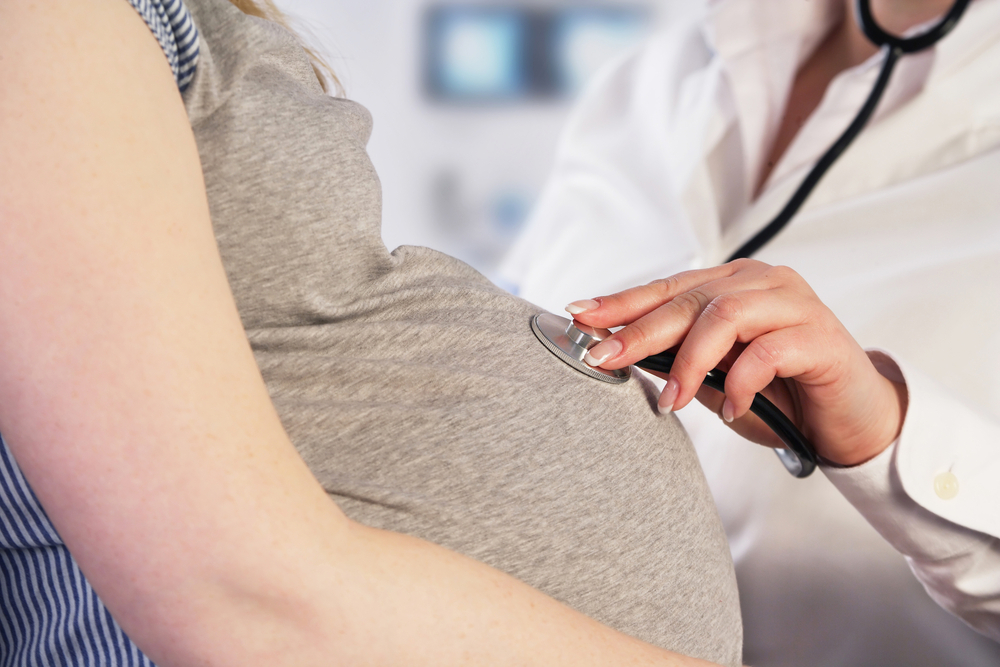Bringing a new life into the world is a beautiful and joyous experience, but it also comes with its share of concerns and potential complications. Recognizing high-risk pregnancy factors is crucial for ensuring the safety and well-being of both the mother and the baby.
Find out more as we delve into the various aspects of high-risk pregnancies, exploring what makes a pregnancy high-risk, high-risk pregnancy symptoms to watch out for, and addressing the question: what age is high-risk for pregnancy?
All these questions and other concerns should be addressed by medical professionals forming expert teams in many OBGYN Services in Fort Lauderdale, Florida. There are different clinics that engage in patient care and pregnancy issues, so centers such as Serene Health OBGYN & Wellness will most definitely be places where you can gather information and ask for help and guidance.
What Makes a Pregnancy High-Risk?
A high-risk pregnancy is characterized by factors that increase the likelihood of complications for both the mother and the baby. Several elements contribute to the classification of pregnancy as high-risk. Firstly, maternal age plays a significant role, with women aged 35 and older facing higher risks, including gestational diabetes, hypertension, and chromosomal abnormalities.
Health conditions such as autoimmune disorders, diabetes, hypertension, or heart disease can also influence the risk level. Multiple pregnancies, where a woman is carrying twins, triplets, or more, pose increased challenges and potential complications.
Additionally, a history of complications in previous pregnancies, such as preterm birth or preeclampsia, can heighten the risk for subsequent pregnancies. Identifying and understanding these factors is essential for healthcare providers to implement proactive measures, closely monitor the pregnancy, and ensure the best possible outcomes for both mother and baby.
High-Risk Pregnancy Risk Factors
As mentioned, there are some factors that can contribute to a pregnancy being high-risk, and below you can find an exhaustive list of risk factors and symptoms to look out for:
- Maternal Age: One of the frequently asked questions is, “What age is high risk for pregnancy?” and the answer is advanced maternal age, which is most commonly defined as being 35 years or older. Maternal age is a crucial determinant in assessing the risk level of a pregnancy. Women in this age group may experience a higher incidence of gestational diabetes, hypertension, and chromosomal abnormalities, such as Down syndrome.
The biological clock plays a role as fertility naturally declines with age, making conception more challenging. Additionally, advanced maternal age is linked to a higher probability of miscarriage and the need for assisted reproductive technologies.
While many women in this age group have healthy pregnancies, it is essential for healthcare providers to closely monitor and offer specialized care to address potential risks and ensure the well-being of both the expectant mother and the developing fetus.
- Existing Health Conditions: Existing health conditions significantly contribute to the classification of a pregnancy as high-risk. Pregnant individuals with pre-existing health conditions, such as diabetes, hypertension, autoimmune disorders, or heart disease, face unique challenges that can impact both maternal and fetal health. These conditions can complicate the pregnancy, increasing the risk of complications such as preeclampsia, gestational diabetes, and premature birth.
Managing existing health conditions during pregnancy requires close collaboration between the expectant mother and her healthcare team. Regular monitoring, medication adjustments, and lifestyle modifications may be necessary to optimize the health of both the mother and the developing baby. Properly addressing and managing these pre-existing conditions is essential for mitigating potential risks and promoting a safer pregnancy journey.
- Multiple Pregnancies: Carrying multiple fetuses, whether twins, triplets, or more, significantly elevates the complexity and risks associated with pregnancy. Multiple pregnancies, often the result of assisted reproductive technologies or natural conception, pose unique challenges to the mother’s body. The increased demands on the uterus and the circulatory system can lead to a higher likelihood of complications, including preterm birth, low birth weight, and gestational diabetes.
Monitoring the development of each fetus becomes crucial, as disparities in growth and well-being may occur. Healthcare providers often recommend more frequent prenatal visits, specialized screenings, and close surveillance to identify and address potential issues promptly.
While the joy of multiple pregnancies is undeniable, it is essential for expectant mothers of twins or more to receive comprehensive care to navigate the intricacies and complexities associated with carrying and delivering multiple babies.
- Complications with A Previous Pregnancy: A history of complications during previous pregnancies, such as preterm birth, gestational diabetes, or preeclampsia, may raise the risk for subsequent pregnancies. Close monitoring and early intervention are crucial in such cases.
High-Risk Pregnancy Symptoms
Early recognition of high-risk pregnancy symptoms is vital for timely intervention. While the symptoms can vary, here are common signs to be aware of:
- Vaginal Bleeding: Vaginal bleeding during pregnancy is a cause for concern and should be promptly addressed with healthcare providers. Even though light spotting can be normal in early pregnancy, any amount of bleeding should be thoroughly evaluated. It could indicate various issues, such as placental problems, ectopic pregnancy, or preterm labor.
Monitoring the type and amount of bleeding, along with accompanying symptoms like abdominal pain or cramping, aids in determining the severity of the situation. Seeking immediate medical attention is crucial, as timely intervention can mitigate potential risks and safeguard the health of both the expectant mother and the developing fetus.
- Severe Nausea and Vomiting: Severe nausea and vomiting during pregnancy can go beyond typical morning sickness and may indicate a condition known as hyperemesis gravidarum. This intense and persistent form of nausea can lead to dehydration, weight loss, and nutrient deficiencies, posing risks to both the mother and the baby.
Monitoring the frequency and severity of these symptoms is essential, as untreated hyperemesis gravidarum may result in complications. Pregnant individuals experiencing severe nausea and vomiting should seek prompt medical attention to receive appropriate care, which may include intravenous fluids, anti-nausea medications, and nutritional support.
- High Blood Pressure: High blood pressure during pregnancy poses significant risks and requires vigilant monitoring. Elevated blood pressure can be indicative of conditions such as preeclampsia, which may adversely affect both maternal and fetal health. Regular blood pressure checks are essential, especially for women with a history of hypertension or those developing high blood pressure during pregnancy.
Uncontrolled high blood pressure can lead to complications like premature birth, low birth weight, and developmental issues for the baby. Timely intervention, close medical supervision, and lifestyle modifications are crucial in managing high blood pressure during pregnancy and promoting a safer outcome for both the expectant mother and the growing fetus.
- Abdominal Pain or Cramping: Abdominal pain or cramping during pregnancy can be concerning and requires careful evaluation by healthcare professionals. While mild discomfort can be normal due to the expanding uterus, persistent or severe pain may signal underlying issues. Causes of abdominal pain or cramping may include conditions such as ectopic pregnancy, miscarriage, or preterm labor.
Monitoring the intensity, duration, and any associated symptoms is crucial in determining the cause. Any pregnant individual experiencing persistent abdominal pain or cramping should seek immediate medical attention to ensure a timely diagnosis and appropriate intervention, safeguarding the health of both the mother and the developing fetus.
Conclusion
In conclusion, prioritizing safety during pregnancy involves recognizing and addressing high-risk factors. Whether it is understanding what age is considered high risk for pregnancy, identifying pre-existing health conditions, or being vigilant about potential symptoms, early intervention can significantly improve outcomes.
By staying informed and working closely with healthcare providers, expectant mothers can navigate high-risk pregnancies with confidence, ensuring the health and well-being of both themselves and their precious newborns. For this reason, contact our center today and get all the necessary information and support.


